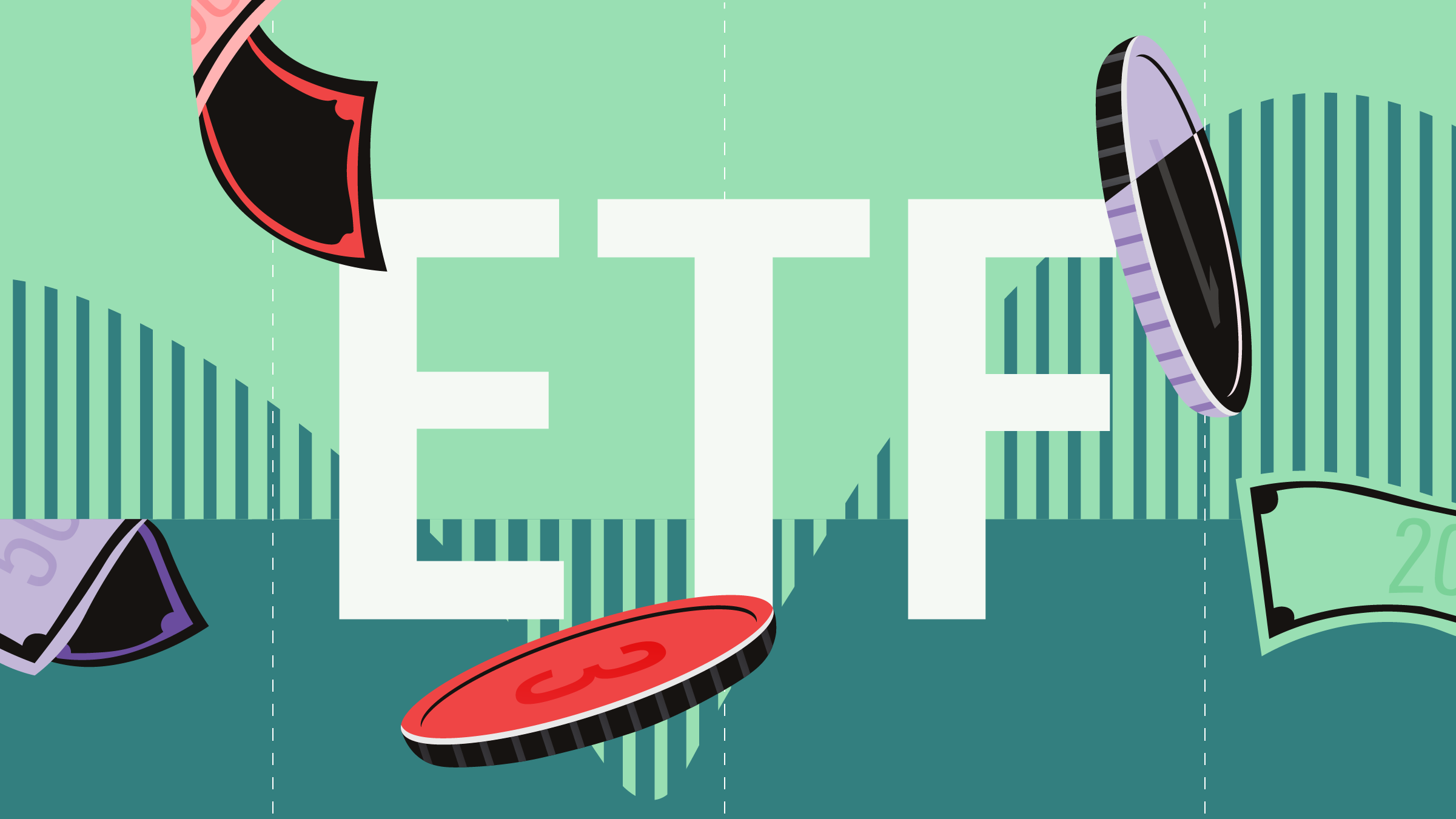Earlier this month, Morningstar held the 2019 Morningstar Investment Conference, and factor investing was a prominent theme. Here in Canada as well, factor-based investment products have grown in popularity over the past few years. A form of active management, these funds exploit investment premiums such as value, momentum, yield or low volatility.
But where have investors been putting their money? Recently, flows have been higher in value ETFs, says Antonio Picca, Head of Factor-Based Strategies at Vanguard Quantitative Equity Group.
Valuable in slowdowns
This makes sense. In a stable economy, with expected growth, momentum tends to shine. But when the potential of a slowdown looms, volatility tends to rise, and quality or value, becomes paramount.
“Value strategies tend to work best coming out of an economic trough. As the economy expands, these companies with greater operating leverage tend to capture that upswing in the economy far more effectively,” points out Holly Framsted, head of factor ETFs for BlackRock iShares, speaking to Morningstar’s director of global ETF research Ben Johnson at the Morningstar Investment Conference.
”We believe that we're in now a period of slowdown which should by normal cyclical standards head toward a contraction at some point. While value has not been favored in the most recent regime, we do believe it will come back as the economy rebounds off the low,” she says.
“Value companies tend to have a lot of operating leverage, and that cyclicality in their performance is a risk that not all investors are willing to bear. So unless you expect that all investors will suddenly be able to bear a prolonged drawdown--which arguably they can't, that's why we're talking about it--then you would expect that value premium to persist moving forward,” Framsted explains.
Rational, but still risky
That’s part of the reason why factor investors should take a long-term approach with the products.
“When we think about factors, we are thinking about an allocation that is 10 to 15 years long – buy now and let’s chat in 15-years,” says Picca.
Vanguard, which offers four individual factor-based ETFs in Canada, warns that these are high-risk investments, and recommends that only long-term investors who can handle this level of risk and fully understand the products, should consider adding a factor tilt to their portfolios.
Picca says that current valuation ratios support outperformance, and that people have been waiting for the resurgence of value for a long time. He recommends that investors look at factor investing in terms of probability. “If you hold a value-based investment for one year, there is a 60% probability of outperformance. If you hold it for 10 years, that probability increases to above 80%, and if you increase your holding period to 15 years, the probability of outperformance goes to 90%,” he says.
“I also think it's important not to throw the baby out with the bath water. Value has been underperforming, but all factors are cyclical. A portfolio that balances across factor exposures including value but also including quality and momentum as examples can help deliver more consistent performance throughout the course of the cycle,” Framsted says.
Factor-based funds offer the potential to achieve specific risk and return objectives by purposely and explicitly "tilting" portfolios toward certain stock characteristics, like momentum, quality, or prices.
Factors flourish when combined
Picca recommends two ways of combining factors. One is a top-down approach where you buy individual factors and combine them in an equally-weighted way. The second is a bottom-up combination of the factors, where you target stocks based on certain factors. “The second approach gives you a more balanced exposure to the different factors and so, over longer period of time gives you a greater potential for outperformance. But you do lose some of the flexibility, some of the control, and some of the transparency that you get from a top-down approach”, Picca says.
In the immediate term, Picca’s recommendation is that investors consider a minimum volatility factor. “The minimum volatility strategy has been designed exactly for this scenario,” he says, defining ‘this’ scenario as one where investors expect the markets to trend lower, but cannot predict when it might occur.





:quality(80)/cloudfront-us-east-1.images.arcpublishing.com/morningstar/ZHTKX3QAYCHPXKWRA6SEOUGCK4.png)













